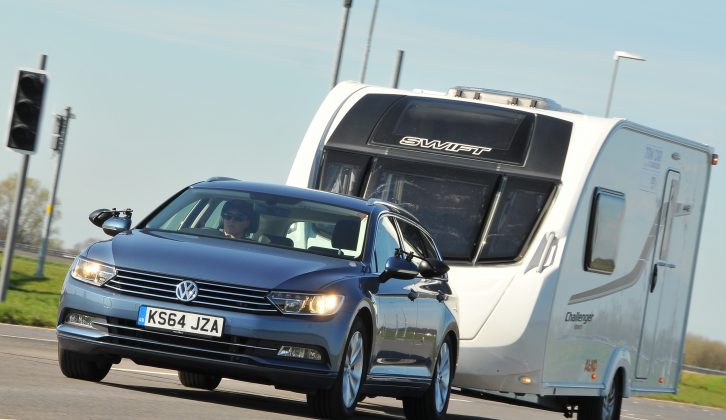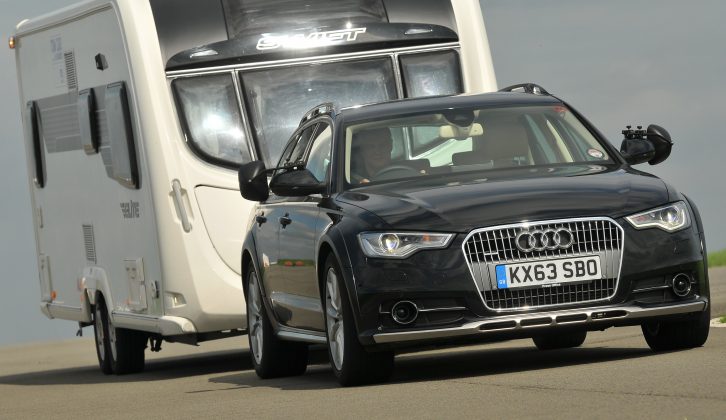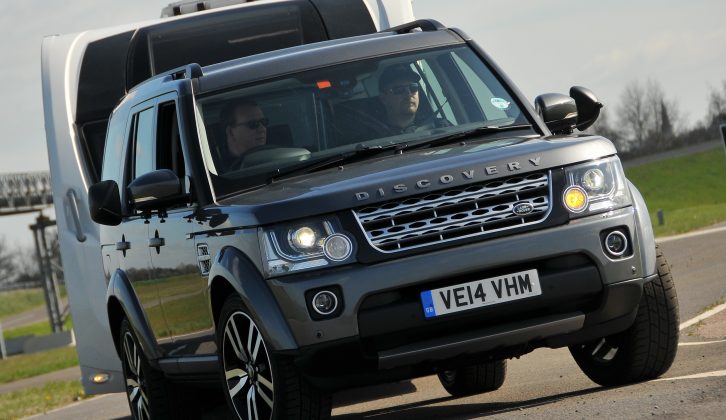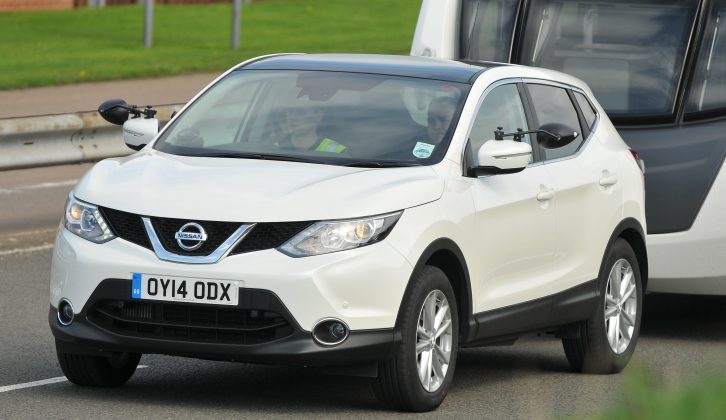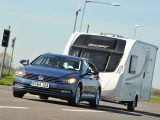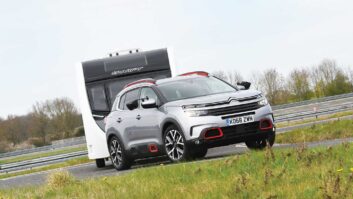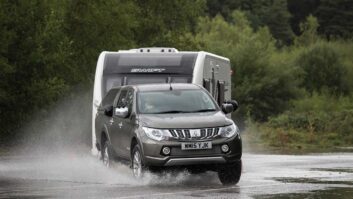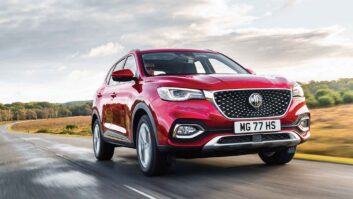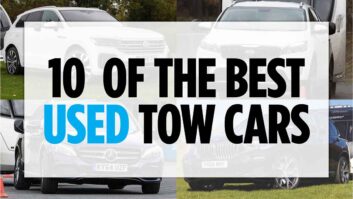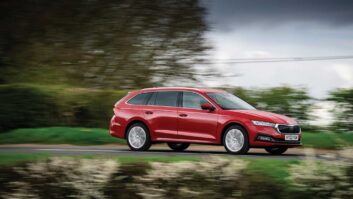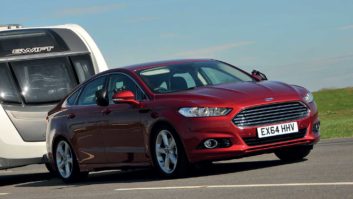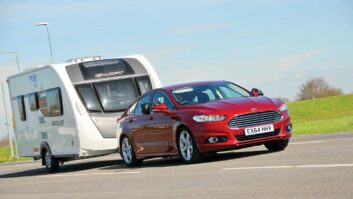There’s one question I’m asked more than any other by other journalists on car launches. What makes a good tow car?
The conversation usually goes something like this:
“Who do you write for?”
Practical Caravan.
“Really? Practical Caravan?”
Yes, Practical Caravan.
“What is a caravan magazine doing on a car launch?”
Well, you can’t tow a caravan without a car, can you?
“I suppose not. What makes a car good at towing, then?”
It’s a good question. And the answer isn’t straightforward. It’s certainly much more involved than many press officers and marketeers believe.
When a car maker launches a new car, if towing gets a mention at all it’s likely to be the car’s legal towing limit which has a spotlight shone upon it. Car brands often choose the same focus if they exhibit at a caravan show, slapping huge decals on the bodywork shouting their new car’s maximum towing capacity in three-foot high letters.
Clearly, the legal towing limit is important. But would you buy one car over another because it had a 2.5-tonne maximum rather than 2.2? I don’t think many caravanners would when even a big twin-axle caravan is likely to have a Maximum Technically Permissible Laden Mass of around 1900kg.
Car manufacturers almost never mention kerbweight when talking about what tow car ability their products have. It tends to come up when a car maker proudly explains how Model Y is 100kg lighter than Model X which it replaces, contributing to lower emissions and improved fuel economy. But a healthy kerbweight goes a long way towards promoting stability. Whether you’re an inexperienced driver looking to tow no more than 85% of the car’s kerbweight, or a seasoned caravanner happy to tow closer to 100%, the higher the kerbweight the more tourers will make sensible matches for your car.
So, a high towing limit and a chunky kerbweight help make a good tow car, but there’s a lot more to it than that. Over the years there have been plenty of big 4x4s which have ticked both those boxes but have felt vague, ponderous and ill at ease when towing.
However, you can’t guarantee that a car is going to tow well just from a few numbers on the spec sheet. Well controlled suspension, a low centre of gravity and a long wheelbase (the distance between the front and rear axles) also play their part. Self-levelling suspension is also a definite plus, although plenty of cars tow well without it. Our current Tow Car Awards overall champion, the Volkswagen Passat Estate, is a good example.
Then there’s four-wheel drive. For four-season towing, especially if you like to stay at out-of-the-way farm campsites, four-wheel drive offers significant advantages. And if I could choose any car to tow with, I’d be making my choice between the Audi A6 Allroad and the Land Rover Discovery, both cars having four-wheel drive.
But for those of us who stay on hardstanding pitches and leave the caravan at home over the winter, it’s certainly not essential. The equivalent two-wheel-drive model will be cheaper to buy and run than the 4×4, and that’s enough to offset the benefits of four-wheel drive for many tow car buyers.
Whether power goes to two wheels or four, pulling a caravan puts a lot of strain on the engine and transmission. The best tow cars have durable clutches and gearboxes to handle the extra strain of towing. And when it comes to what’s under the bonnet, torque is king. Power may be the headline-grabbing figure, but it’s the pulling power an engine delivers at the bottom and in the middle of the rev range that really matters when towing a caravan.
When we go away in our caravans we tend to take rather a lot with us. So a car which tows brilliantly but doesn’t have room for everyone’s bags isn’t a whole lot of use. A decent boot is essential.
Then there are electronic aids like Trailer Stability Assist to help prevent snaking, and lower tech aids like puncture repair provision that’s suitable for use when towing – preferably a full-sized spare wheel.
There are some things which make a good tow car that apply equally to cars which aren’t expected to tow. Reliability, high safety standards, and affordable running costs relative to the competition are all important.
That’s quite a list of attributes, and I haven’t even mentioned reversing cameras, high noseweights and electronic parking brakes.
In fact, when you put all that together, the best tow cars really have to be very good indeed. Ideally a good tow car should be reasonably heavy, have a high towing limit, a healthy maximum noseweight, plenty of pulling power but affordable fuel economy, superb stability, strong brakes, a durable transmission, lots of passenger space, room for everyone’s bags, four-wheel drive (so long as it doesn’t hurt fuel economy too much or make the car too expensive), loads of safety kit, towing-specific driver aids and a rear-view camera to help when hitching up.
We don’t ask for much, do we?
You can't guarantee that a car is going to tow well just from a few numbers on the spec sheet
